
Barrington Tops National Park is located in the Hunter region of New South Wales, Australia. It's about 200 kilometers (124 miles) north of Sydney and approximately 65 kilometers (40 miles) west of Newcastle. The park encompasses a diverse range of landscapes, including sub-alpine woodlands, rainforests, and waterfalls, making it a popular destination for nature lovers and outdoor enthusiasts.

Barrington Tops National Park was established in 1969, when it was declared a national park in New South Wales, Australia.

Barrington Tops National Park was not "invented" by a single individual; rather, it was established by the New South Wales government as a protected area to conserve its natural beauty and biodiversity. The process of establishing national parks typically involves government agencies, conservationists, and local communities working together to designate and manage protected areas for environmental conservation and public enjoyment.


Barrington Tops National Park derives its name from the Barrington Tops, which is a range of rugged, forested mountains located within the park. The name "Barrington" is believed to have originated from a locality in England, possibly from the village of Great Barrington in Gloucestershire. The term "Tops" refers to the high plateau areas of the mountain range. So, the name "Barrington Tops" essentially describes the high-altitude plateau region within the national park.
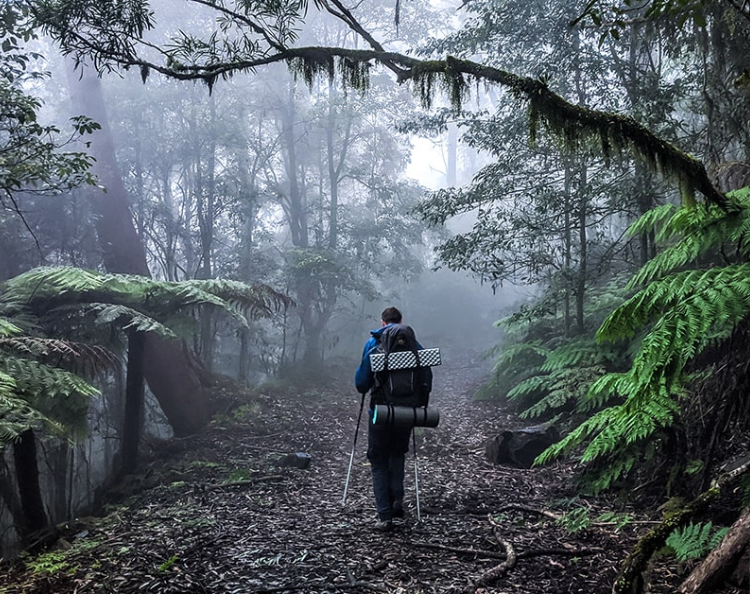
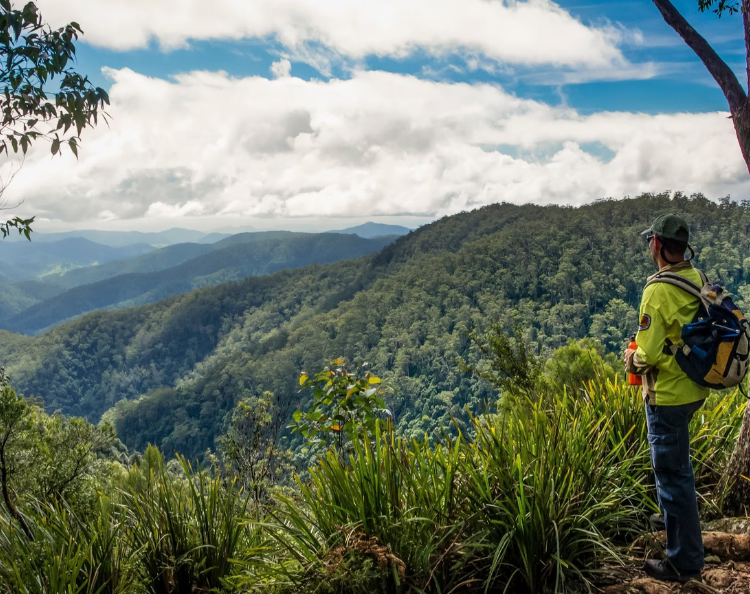
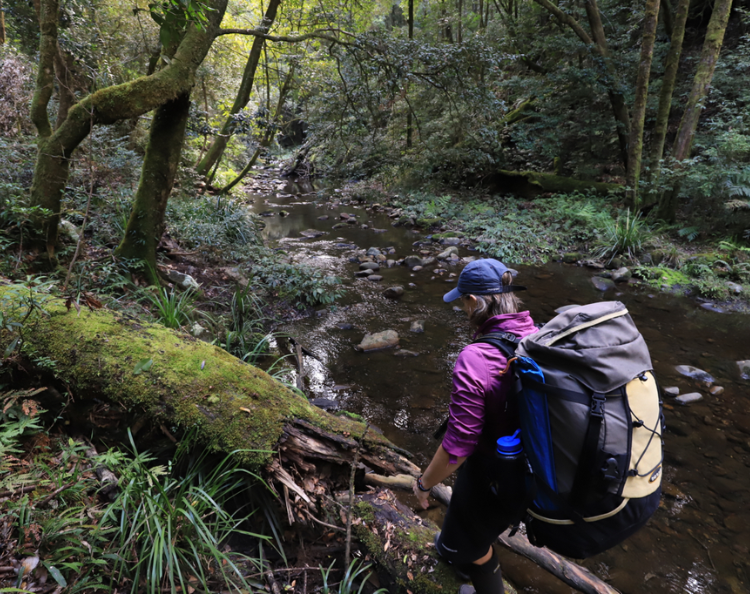
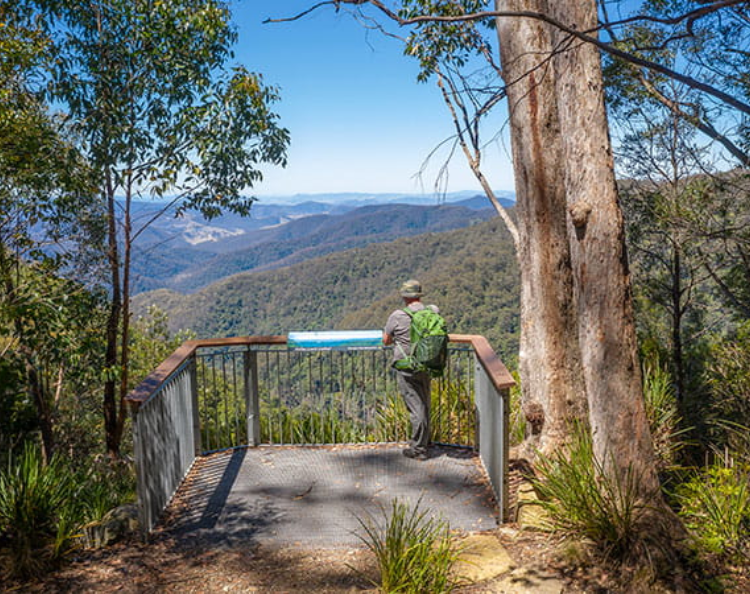
Barrington Tops National Park offers a diverse range of hiking opportunities that appeal to hiking lovers for several reasons:
1. **Scenic Beauty**: The park boasts stunning natural landscapes, including ancient rainforests, sub-alpine woodlands, cascading waterfalls, and panoramic vistas. Hiking through these picturesque environments provides hikers with breathtaking views and opportunities to connect with nature.
2. **Varied Terrain**: The park features a variety of terrain, ranging from easy, well-maintained tracks to more challenging trails that traverse rugged mountain landscapes. Hikers can choose trails that suit their fitness levels and preferences, whether they prefer leisurely strolls or more strenuous hikes.
3. **Diverse Flora and Fauna**: Barrington Tops is home to a rich diversity of plant and animal species, including rare and endemic species. Hiking through the park allows visitors to observe native wildlife in their natural habitats and explore unique ecosystems.
4. **Tranquility and Solitude**: With its vast expanse of wilderness, Barrington Tops National Park offers hikers opportunities to escape the hustle and bustle of urban life and immerse themselves in peaceful surroundings. Many trails lead to remote areas where hikers can enjoy solitude and tranquility.
5. **Adventure and Exploration**: The park offers a sense of adventure and exploration, with numerous trails leading to hidden gems such as secluded waterfalls, remote valleys, and ancient Aboriginal sites. Hiking in Barrington Tops allows enthusiasts to discover new places and embark on unforgettable adventures.
Overall, Barrington Tops National Park provides hiking lovers with a combination of natural beauty, diversity, adventure, and tranquility, making it an ideal destination for exploring the great outdoors on foot.
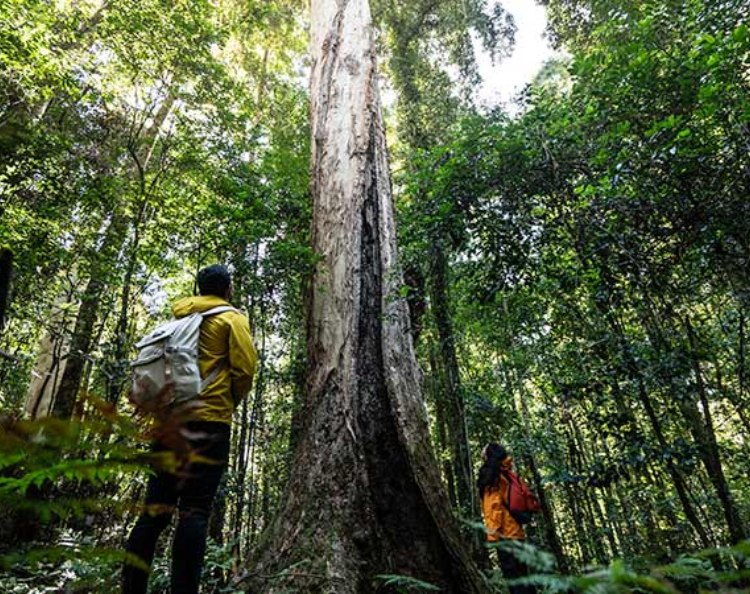


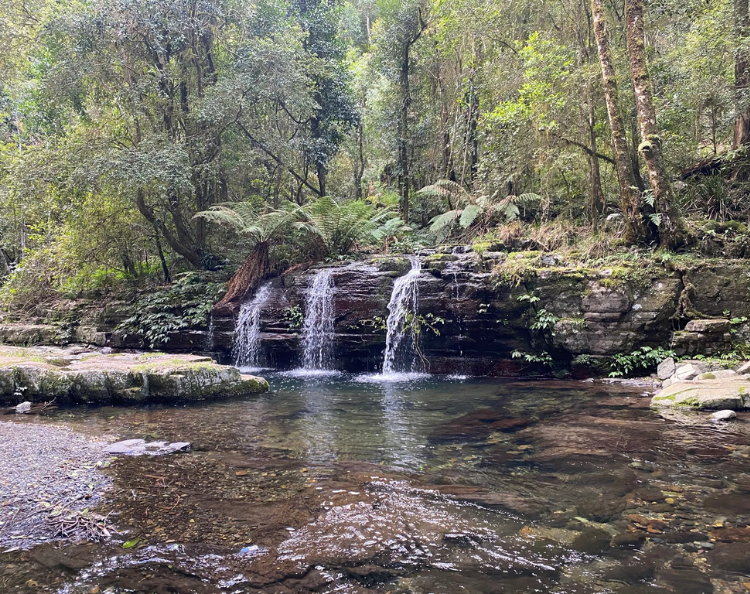

While Barrington Tops National Park is generally suitable for hiking throughout the year, the best time to hike may depend on personal preferences and specific factors such as weather conditions and trail accessibility:
1. **Spring (September to November)**: Spring is a popular time to hike in Barrington Tops National Park due to mild temperatures and blooming wildflowers. However, it's essential to be aware of the possibility of rain showers and variable weather conditions during this season.
2. **Summer (December to February)**: Summer can be hot and humid in Barrington Tops, especially at lower elevations. Hiking during the early morning or late afternoon can help avoid the heat, but be prepared for potential thunderstorms in the afternoons. Higher elevations offer cooler temperatures, making them ideal for summer hikes.
3. **Autumn (March to May)**: Autumn is another excellent time for hiking, with mild temperatures and generally stable weather conditions. The changing foliage adds vibrant colors to the landscape, enhancing the hiking experience. However, be mindful of cooler temperatures, especially at higher elevations.
4. **Winter (June to August)**: Winter brings cooler temperatures and occasional snowfall to Barrington Tops National Park, particularly in the higher elevations. While hiking can still be enjoyable during this time, it's essential to dress warmly and be prepared for icy conditions on some trails.
Before embarking on a hiking trip, it's advisable to check weather forecasts, trail conditions, and park alerts to ensure a safe and enjoyable experience. Additionally, some trails may be closed or inaccessible during certain times of the year due to maintenance or natural hazards, so it's essential to plan accordingly.